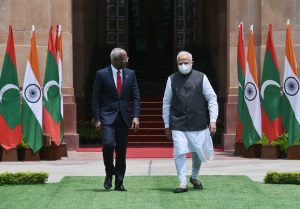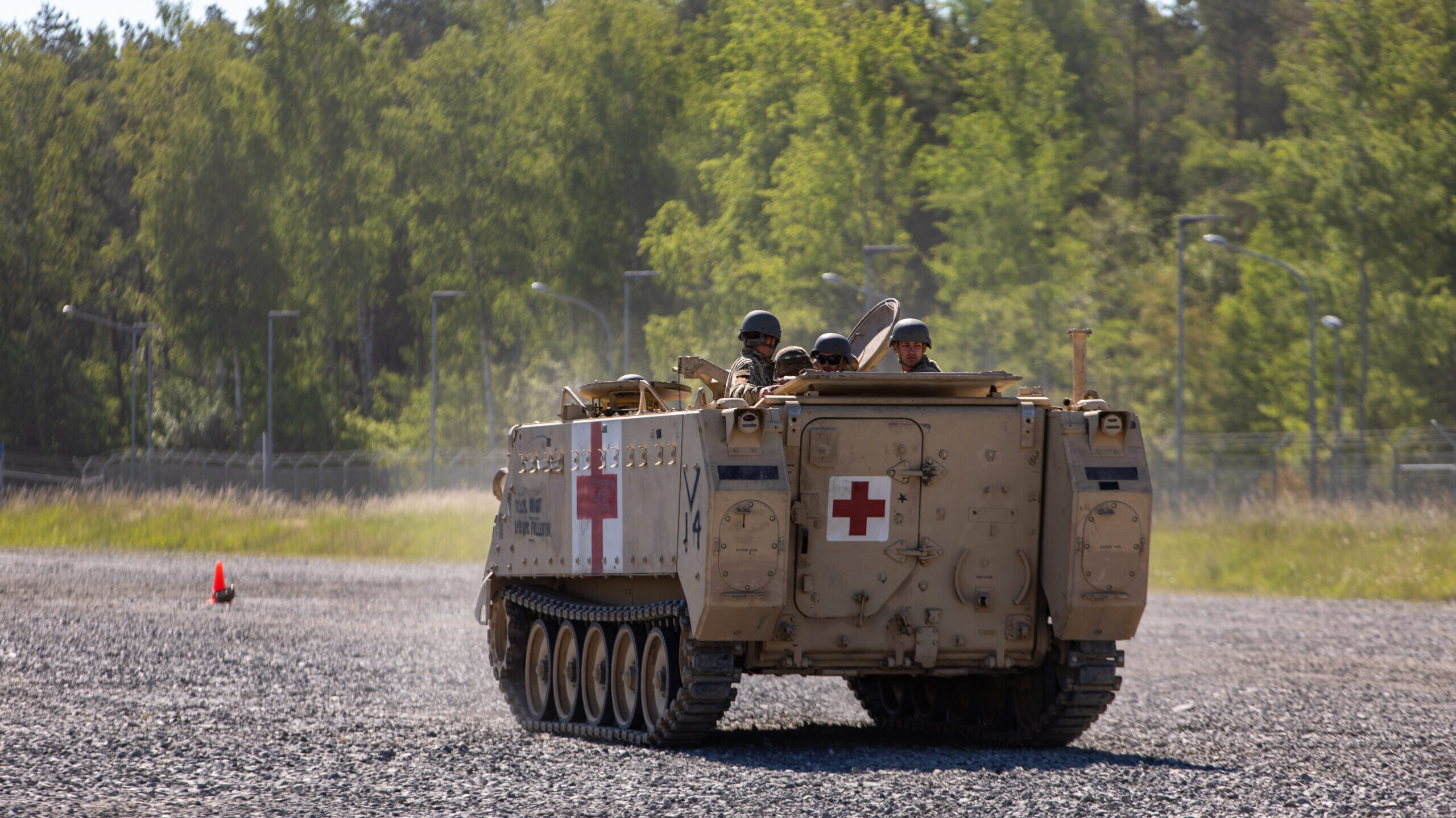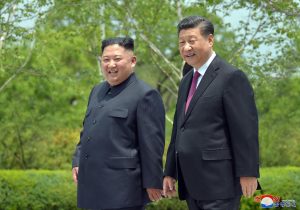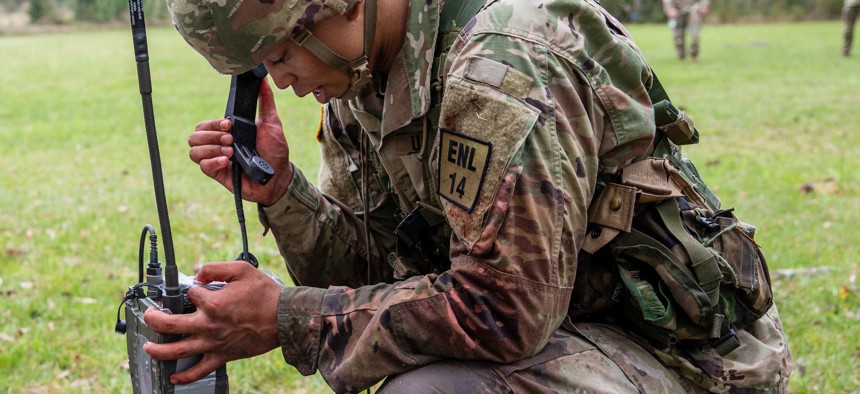Pema Ngodup and Sonam Lhamo
An India-based Buddhist organization has declared that it would not support any Chinese-appointed successor to the Dalai Lama, Tibet’s foremost spiritual leader, and neither would the people of the Himalayan region.
“If the government of the People’s Republic of China, for political ends, chooses a candidate for the Dalai Lama, the people of the Himalayas will never accept it, never pay devotional obeisance to such a political appointee and publicly denounce such a move by anyone,” the Indian Himalayan Council of the Nalanda Buddhist Tradition said in a resolution issued Tuesday.
“The system of recognizing reincarnated spiritual beings is a religious practice unique to Nalanda Buddhism and the philosophy of the principle of life after death,” the council said.
The Dalai Lama fled Tibet into exile in India in the midst of a failed 1959 national uprising against rule from Beijing. Now 87 years old, concerns on how succession will be handled have arisen.
Tibetan tradition holds that senior Buddhist monks are reincarnated in the body of a child after they die. The Dalai Lama has said that his successor will be born in a country outside of Chinese control.








/media/cinemagraph/2022/12/20/DeepfakesAnimV2.mp4)







 4
4

